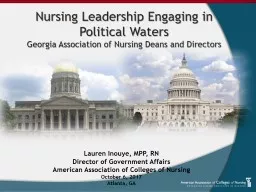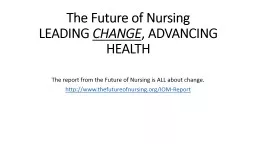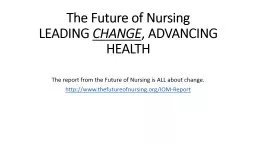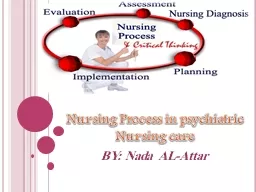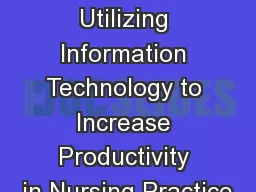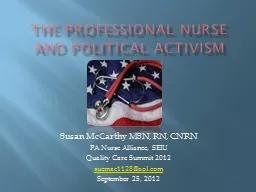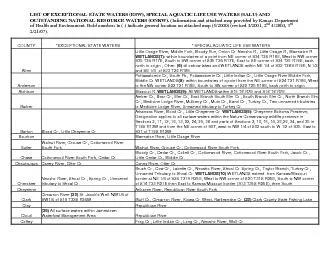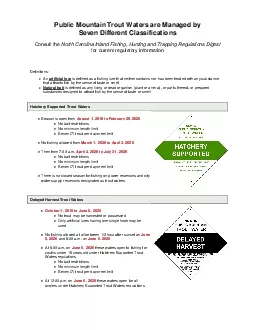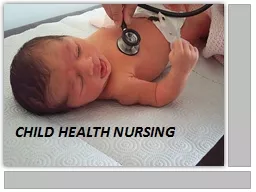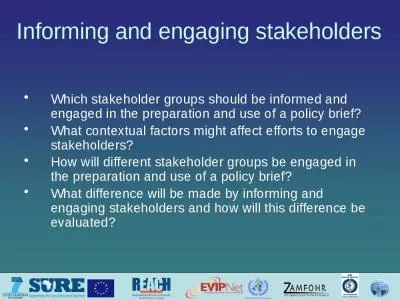PPT-Nursing Leadership Engaging in Political Waters
Author : myesha-ticknor | Published Date : 2018-03-20
Georgia Association of Nursing Deans and Directors Lauren Inouye MPP RN Director of Government Affairs American Association of Colleges of Nursing October 6 2017
Presentation Embed Code
Download Presentation
Download Presentation The PPT/PDF document "Nursing Leadership Engaging in Political..." is the property of its rightful owner. Permission is granted to download and print the materials on this website for personal, non-commercial use only, and to display it on your personal computer provided you do not modify the materials and that you retain all copyright notices contained in the materials. By downloading content from our website, you accept the terms of this agreement.
Nursing Leadership Engaging in Political Waters: Transcript
Download Rules Of Document
"Nursing Leadership Engaging in Political Waters"The content belongs to its owner. You may download and print it for personal use, without modification, and keep all copyright notices. By downloading, you agree to these terms.
Related Documents

